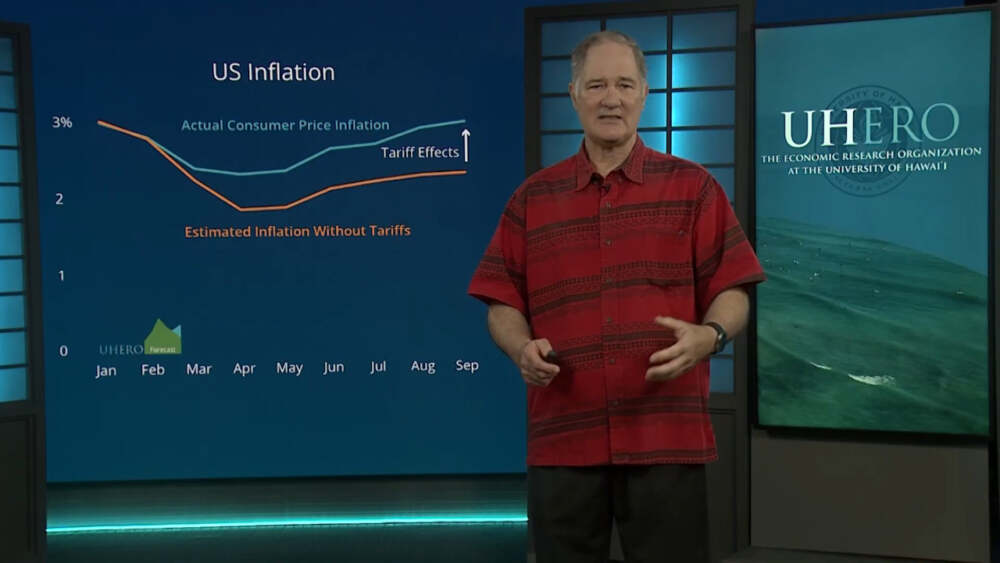In a bold shift in economic policy, former President Donald Trump has announced sweeping new import tariffs that analysts warn could stoke inflation and squeeze already tight household budgets. The tariffs—which will hit sectors from pharmaceuticals to furniture—are set to take effect October 1, and observers say their timing and magnitude raise serious risks for U.S. consumers and the broader economy.
Tariff Details and Rationale
Trump’s new tariff plan is structured around sector-specific levies. Some of the steepest rates include:
- 100% tariffs on certain branded pharmaceuticals
- 50% tariffs on kitchen cabinets and bathroom vanities
- 30% tariffs on upholstered furniture
- 25% tariffs on heavy trucks
The administration is presenting these measures as a defense of U.S. industry and sovereignty—arguing that rampant imports have undermined U.S. manufacturing, job creation, and even national security.
One of the plan’s key conditions: companies already building or expanding U.S. manufacturing may secure exemptions, ensuring that the tariffs serve as a carrot as well as a stick. Trump has also hinted that more sectors—such as medical devices or robotics—could come under scrutiny in the near future.
Inflation Risks & Consumer Bite
Economists are warning that the tariff package may worsen inflation pressures at a delicate moment. Consumer goods and medical items affected by import duties are expected to rise in price once the tariffs kick in. That comes at a time when inflation has already been running above the Federal Reserve’s target.
Because some tariffs are extremely large—especially on drugs—some prices may double or more. For many consumers, especially those dependent on branded medications, that could bring steep new out-of-pocket costs.
Further complicating matters, companies may scramble to reallocate production or adjust supply chains, which could cause short-term disruptions, stock shortages, and added cost pass-throughs.
Challenges for Monetary Policy & the Fed
The tariff move puts the Federal Reserve in a difficult bind. The central bank has already faced criticism over inflation management. With fresh price pressures anticipating, its ability to cut interest rates or ease policy is constrained. Any further upward pressure on inflation may force it to maintain tighter policy stance, possibly slowing growth.
Business Response & Strategic Reactions
Some firms have already announced plans to shift sourcing or invest in U.S. facilities to qualify for exemptions. Others are examining options to absorb costs or adjust margins. But many small or specialized manufacturers warn the jump in operational complexity and regulatory burden could be overwhelming.
Meanwhile, retailer margins may erode, and some have suggested passing on the burden to consumers through higher shelf prices. In sectors like furniture or cabinetry, where import competition is fierce, firms may struggle to survive.
Political Fallout & Economic Sentiment
Public reaction is likely to be polarized. Supporters argue the tariffs are a long-overdue step toward rebalancing trade and strengthening domestic production. Critics counter that Americans—especially those with lower incomes—stand to suffer the most from rising costs.
Surveys of workers already show dissatisfaction with inflation and cost of living pressures. Some analysts warn that pushing tariffs too hard could erode political support if it visibly worsens everyday affordability.
What to Watch Next
- Which companies successfully secure exemptions and whether legal challenges emerge against the tariff authority
- Immediate shifts in pricing for drugs, furniture, and heavy goods
- Actions by the Federal Reserve in response to renewed inflation shock
- Consumer spending reactions: how much price hikes depress demand
- Policy adjustments or rollback signals if the economic backlash becomes severe
In sum, Trump’s new tariff plan is a high-stakes bet: if it triggers sharp inflation or consumer pushback, the economic and political consequences could be severe. How deftly the administration balances enforcement, exemptions, and damage control will determine whether this bold push becomes a signature success—or a costly miscalculation.
















Leave a Reply